Zinpro offers practical approach to sow lameness
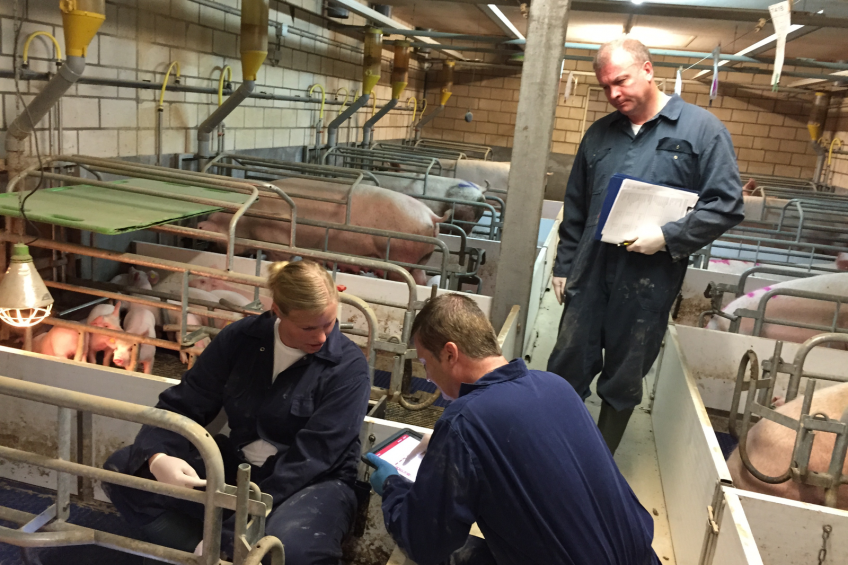
Sow lameness is a growing area of knowledge in the pig industry and can have a significant impact on the profitability of a farm. Trace mineral producer, Zinpro Corporation, drew attention to this during its latest Feet First training and gave participants the opportunity to experience pig claws from a ‘hands on’ approach.
Zinpro held its third Feet First training event in late-September in the Dutch city of Eindhoven. Participants from all over Europe including Austria, Poland and Spain took part in the event held over two days.
During the first day of the event participants heard from a theoretical point of view from Jan van der Meer (account manager Benelux) who explained that sow lameness has an increasing role in the profitability of sow production levels and is an increasingly growing area of knowledge. Veterinarian Paco Fernandez Lopez-Brea (country manager – Spain & Portugal) explained the importance of sow longevity and Christof Rapp (regional RNS manager – Europe) examined the role of trace minerals in improving sow productivity.
Bottlenecks in swine lameness
Van der Meer in his introduction drew attention to the fact that over 15% of sows are culled due to lameness, which can create bottlenecks in the efficiency and productivity of a sow herd. Lameness effects sows in several ways such as aberrant behaviours and losing the ability to walk or stand. The animals may also experience painful or mechanical inhibition of behavioural or physiological activities. This will also have a negative effect on workers on the farm as more time will be needed to care for the pigs, van der Meer explained.
In calculating the economic losses of sow lameness van der Meer explained different models in use in the industry such as the DLV Model originating from the Netherlands and a model made by Dr John Deen of the University of Minnesota. Taking into account, amongst others, poorer progeny quality, lower progeny numbers per sow space and higher replacement costs one dead sow costs a farmer €400, he concluded. In a sow operation of 200 sows, the increased sow removal and more dead piglets as a result of sow lameness can bring losses up to an estimated €4,100.
Third parity sows
In his presentation, veterinarian Fernandez Lopez-Brea explained that a sow must remain productive on farm for at least three parities to recoup its cost and that if a sow healthily reaches parity 4, 5 and 6 these are the most economically successful. Therefore culling sows due to lameness in parity 1 or 2 has knock-on effect on the overall profitability of the farm.
Lameness and pain due to feet and leg inflammation results in a potential for decreased feed intake. Younger parity sows not eating well will usually result in lower productive performance.
Fernandez Lopez-Brea was quick to comment that lameness is not a local problem, but a global problem. He highlighted that slats are a prime perpetrator of problems, with EU legislation determining gap widths between slats themselves but not where the blocks connect.
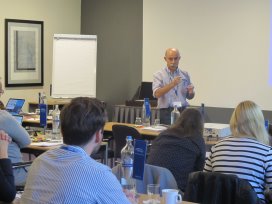
Veterinarian Fernandez Lopez-Brea explained that a sow must remain productive on farm for at least three parities to recoup its cost.
Effective nutrients in combatting lameness
Rapp explained that one way to combat the incidence of lameness is the correct feeding of nutrients and trace minerals such as zinc, manganese and copper. These have been combined in the product Availa Sow, which has become an effective product for helping reduce claw lesions. The manganese is used to strengthen joints, tendons and bone density. Zinc is used for corium health and wound healing; Copper for connective tissue and white line health and zinc/copper combined are effective for sole, heel and horn strength and elasticity.
Claw Lesion Score App
On the second day the event took a more practical approach allowing the European guests to examine pig claws with the aid of the FeetFirst app which aids the recording and reporting of claw lesions found on swine farms. Moreover, participants used the report generated by the app to find the possible causes of lesions and lameness, which were reported back to the farmers as improvement points.
More information regarding swine lameness and how to obtain a copy of the swine lesion scoring guide can be found on Zinpro’s website.
 Beheer
Beheer

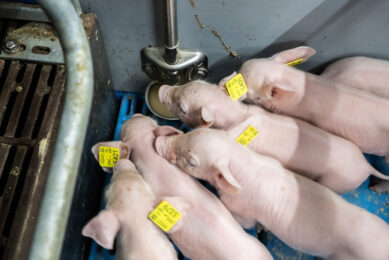
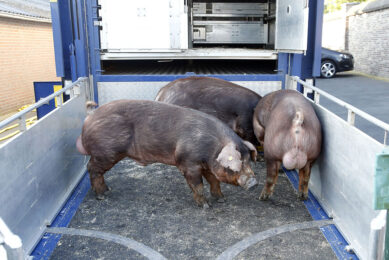
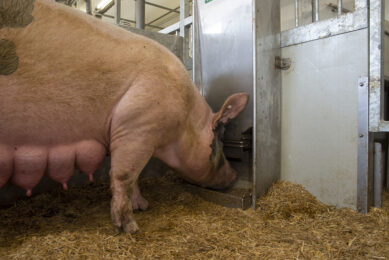
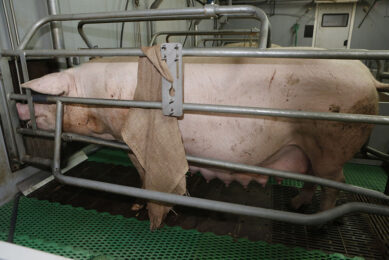



 WP Admin
WP Admin  Bewerk bericht
Bewerk bericht